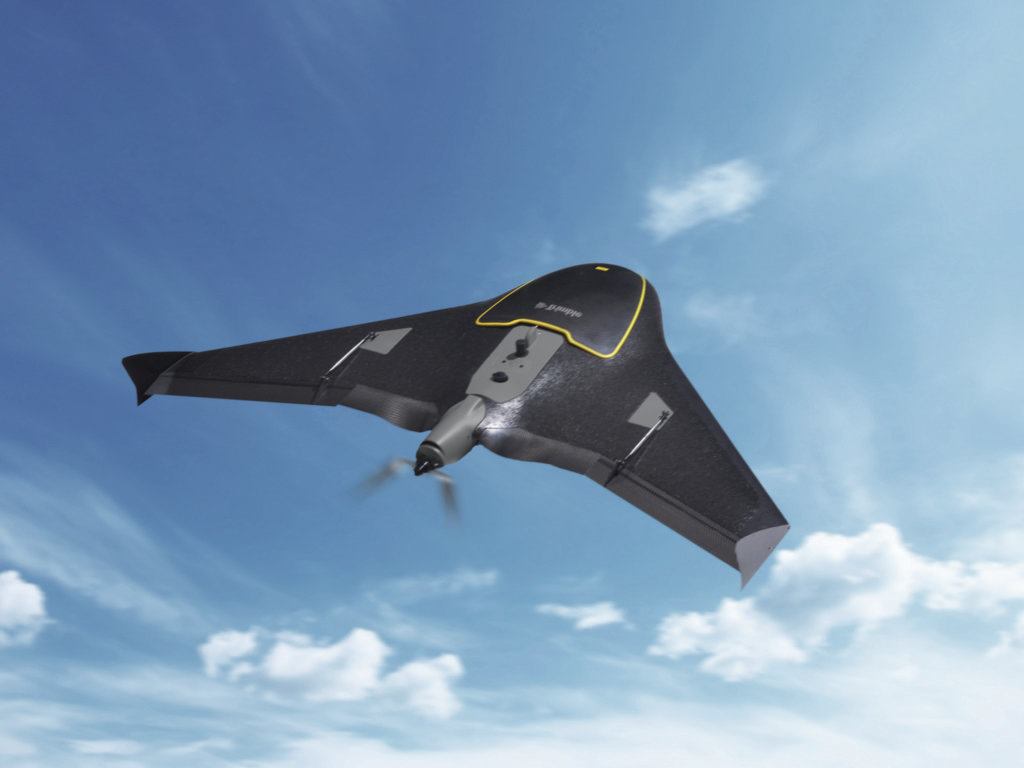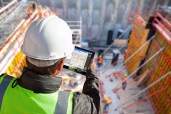There are two basic types of unmanned aircraft systems: fixed-wing units with a brushless electric motor (see image at right), and multirotor units with multiple motors that allow them to hover at precise altitudes and positions (see image below). They can be equipped with GPS, sensors, cameras, and other equipment, and controlled by onboard computers or remotely by on-ground operators to:
Fly at a fraction of the cost of manned aircraft
- Bypass traffic
- Enter environments that are dangerous to humans
- Provide remote sensing, visual or thermal imaging, and live video feed
- Depending on size, reach areas that manned aircraft and ground vehicles cannot.
-
UAV Expo: A Must-attend Event for Drone Users
The event, which takes place Oct. 31-Nov. 2 in Las Vegas, will include information on drones for the construction market.

-
How drones work
Drones may be the greatest thing since the Internet, if public agencies can convince constituents they aren’t too invasive.

-
Engineers Find Even More Uses for Drones
Public works departments were initially leery of using drones, fearing residents would have Big Brother issues. But drones are slowly becoming more and more accepted and now a major engineering firm is using drones to help it expand its own headquarters.

-
Five Things I Learned on Summer Vacation (er, APWA Show)
With new executive director Scott Grayson on board, the American Public Works Association’s annual convention hummed with new energy. Here are just a few things I learned, in no particular order.

-
Drone Successfully Used at World’s Busiest Airport
Information for a parking deck demolition was gathered safely and without disruption.



